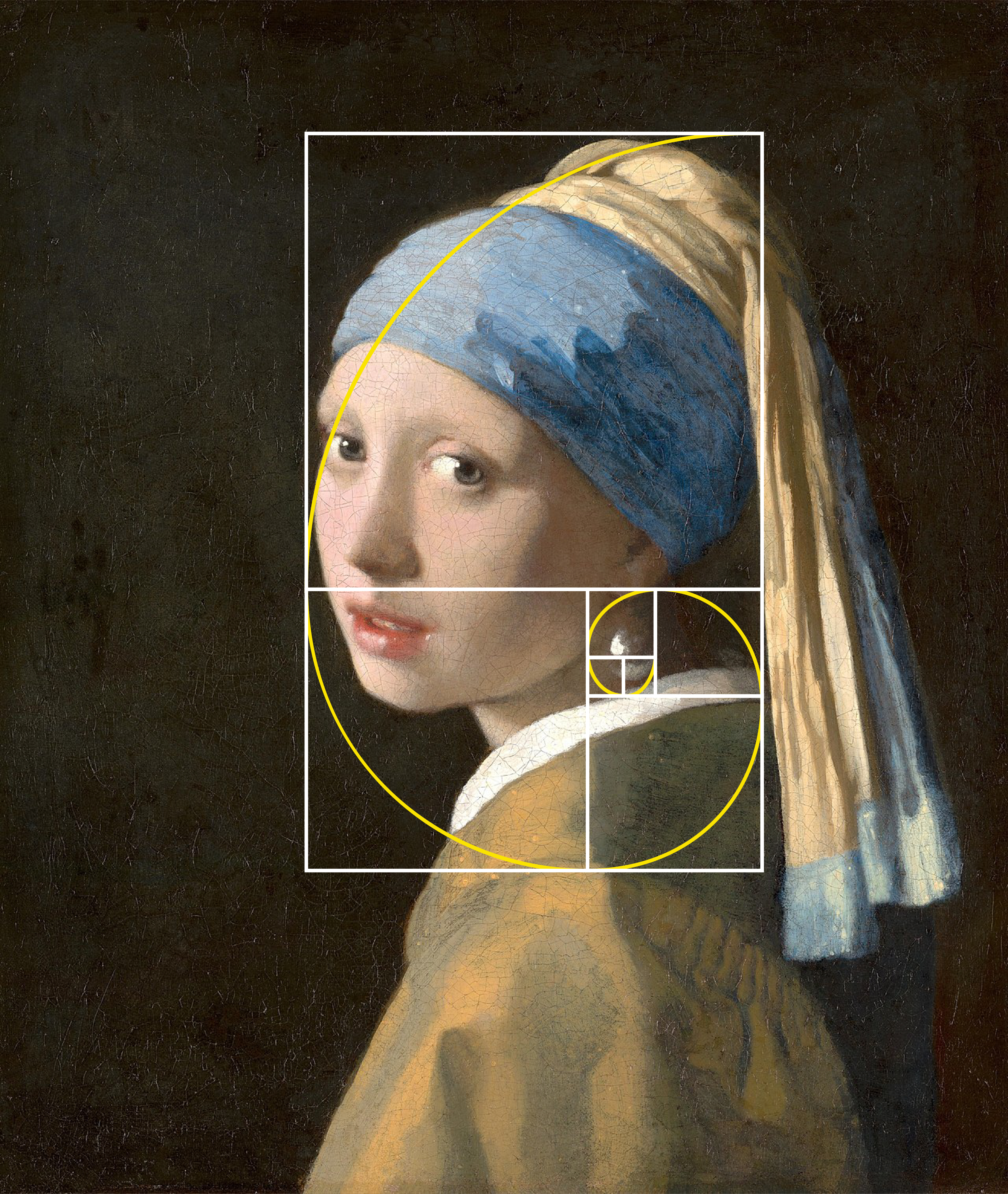De Divina Proportione: The Golden Ratio Applied in Art
The Golden Ratio is a mathematical value that appears all throughout the natural world. When applied to the arts, it becomes a tool for creating balanced, organic works. Artists throughout history have tried to emulate the sense of natural beauty that they witnessed in the world around them. Not until the invention of the printing press and the widespread flow of information did artists fully realize the method that made their works so aesthetically appealing. Discoveries made by mathematicians and scientists during the Middle Ages helped pave the way for artists to utilize the Golden Ratio in future artistic movements.
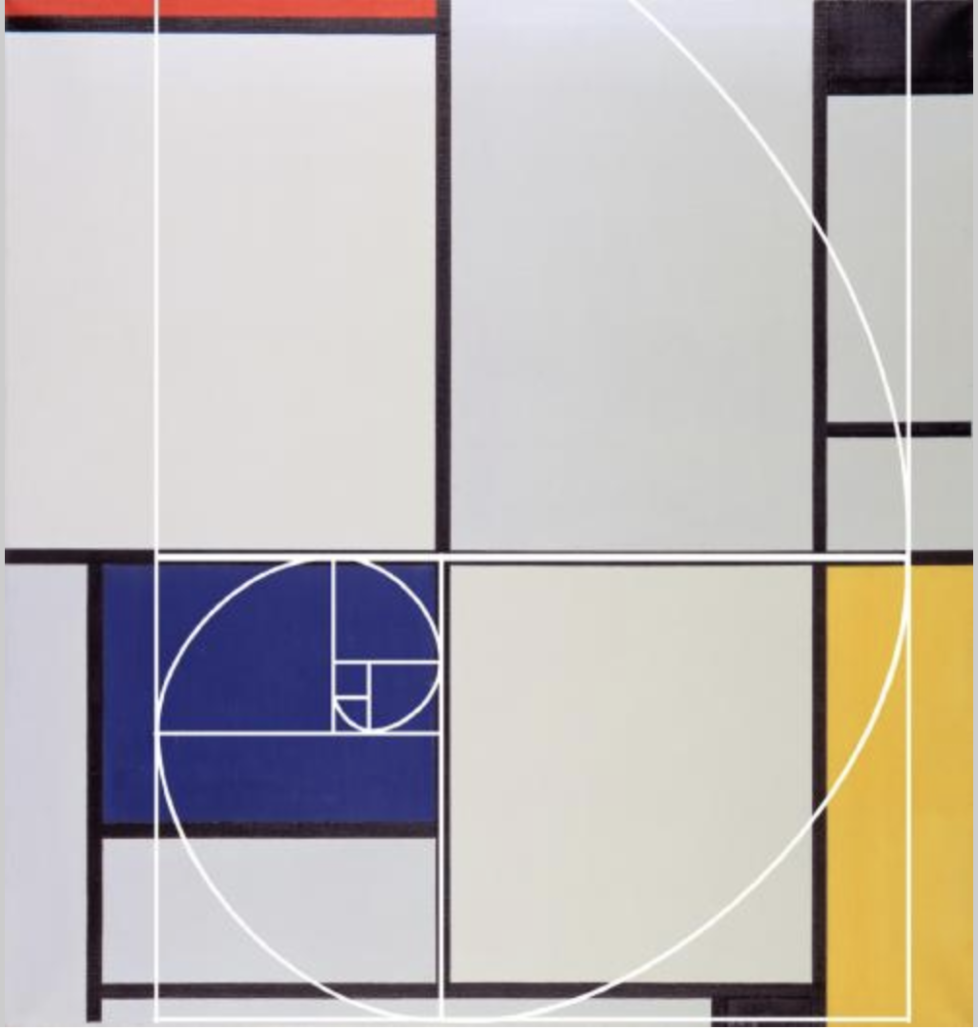
artandobject.com
Prior to the publication of works such as Leonardo Fibonacci’s Liber Abaci and Luca Pacioli’s De divina proportione, the “secrets” of the Golden Ratio were closely guarded by the masters of painting and sculpture, and passed down to their pupils via letters. However, with Fibonacci’s publication of his mathematical sequence –where an integer is the sum of the two integers that precede it (i.e. 0, 1, 1, 2, 3, 5, 8, etc.) — the principles surrounding the summation, division, and “spatial awareness of numbers” started to gain traction. Pacioli’s De divina proportione, illustrated by Leonardo da Vinci, was able to expand on this concept and visually connected the worlds of mathematics and fine arts in a groundbreaking way.
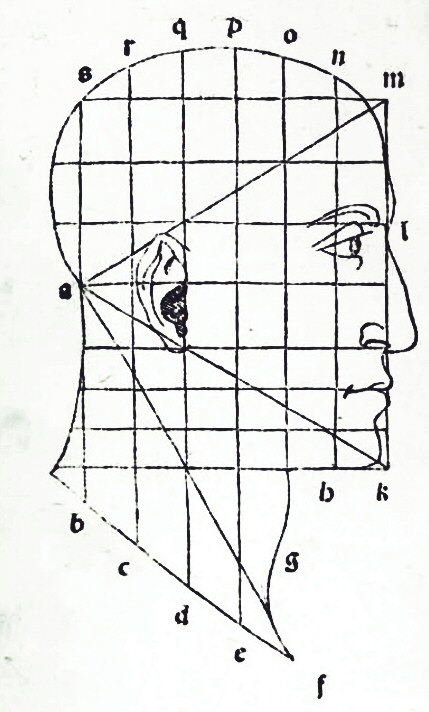
The Golden Ratio is often visualized in a rectangular space, making it a natural fit when applying it to the composition of a painting. Finding the Golden Ratio requires just a short series of measurements. First, divide the canvas into eight equal sections by halving it several times. Next, draw a vertical line at the third section from the left. Then, draw another line horizontally at the fifth section from the top. This can also be reversed and applied to any composition in this 3:5 ratio.
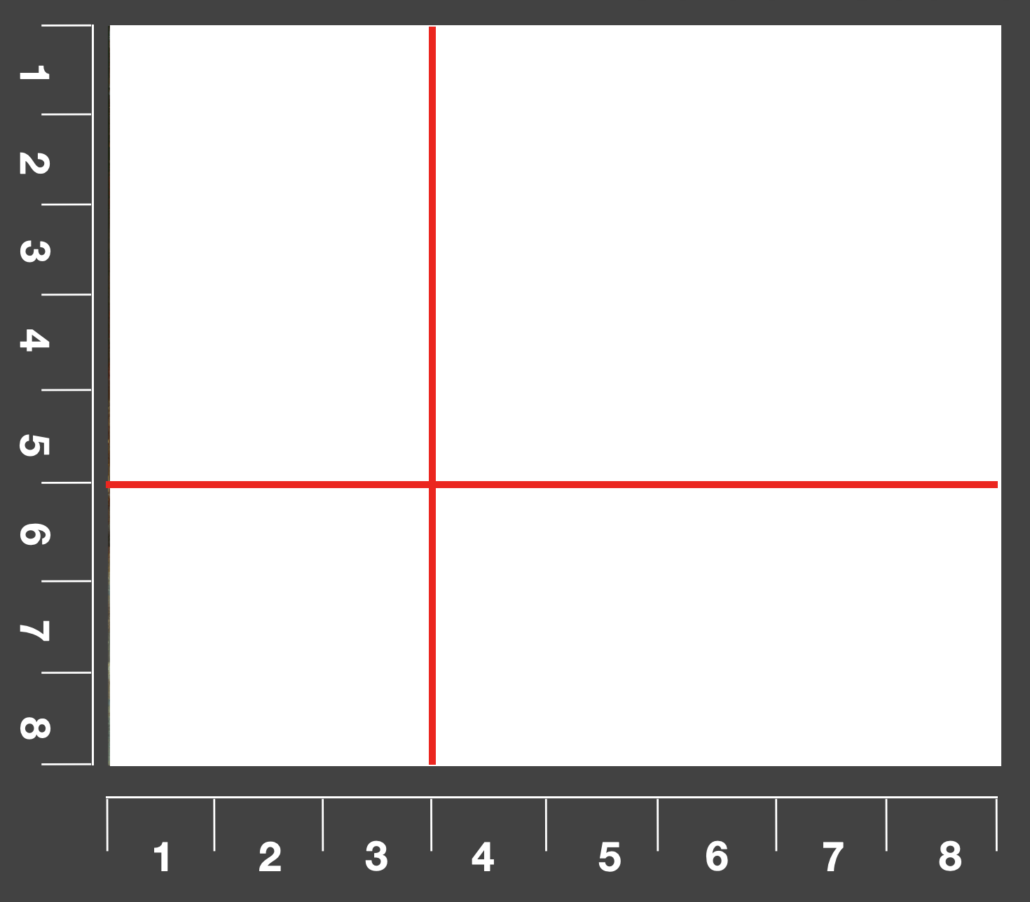
Where the lines intersect is likely what will draw the most attention and should be the focal point — this is a general approximation of where the primary focal point will land. You can check your work by using a Golden Ratio overlay if you prefer to be more exact.
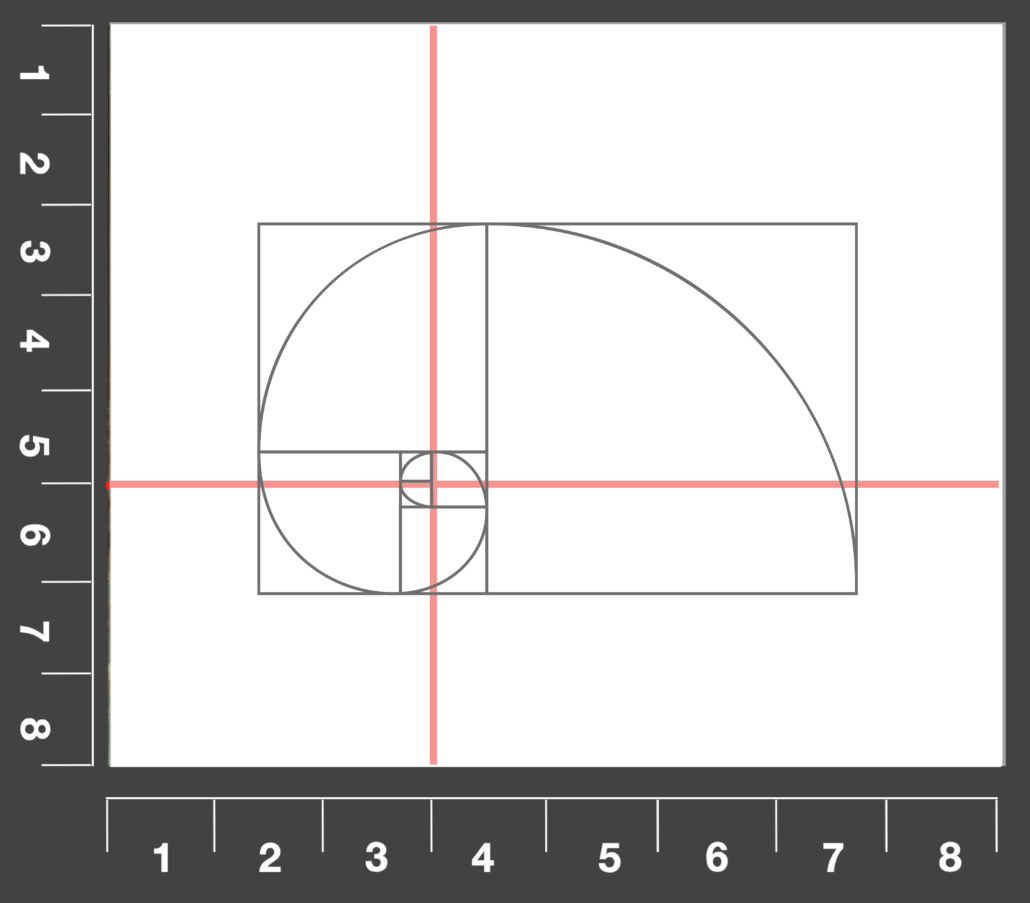
Below are more examples of the Golden Ratio applied to famous works. It can be applied to a single element, a significant portion of the piece, or the entire composition as a whole. When the spiral is used in multiple elements within a single composition, minor focal points will land along the spiral, leading the viewer’s eye towards the primary focal point in the center.
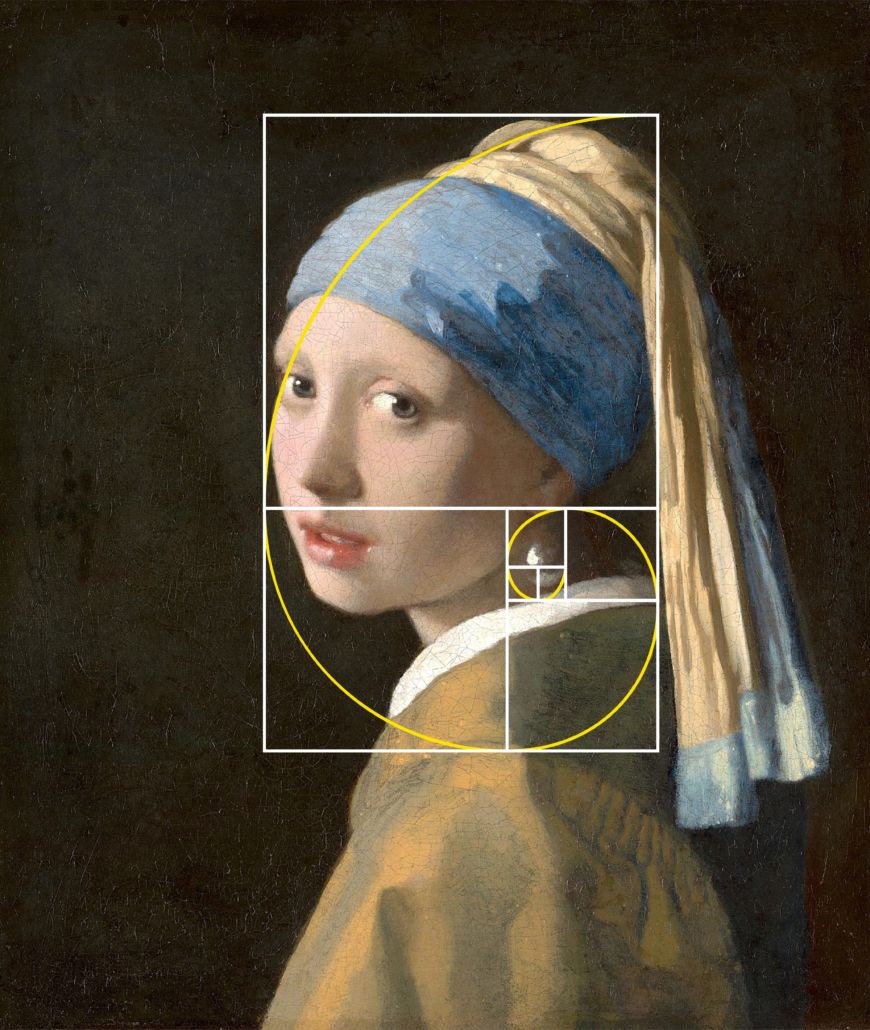
Vermeer, Girl with a Pearl Earring. 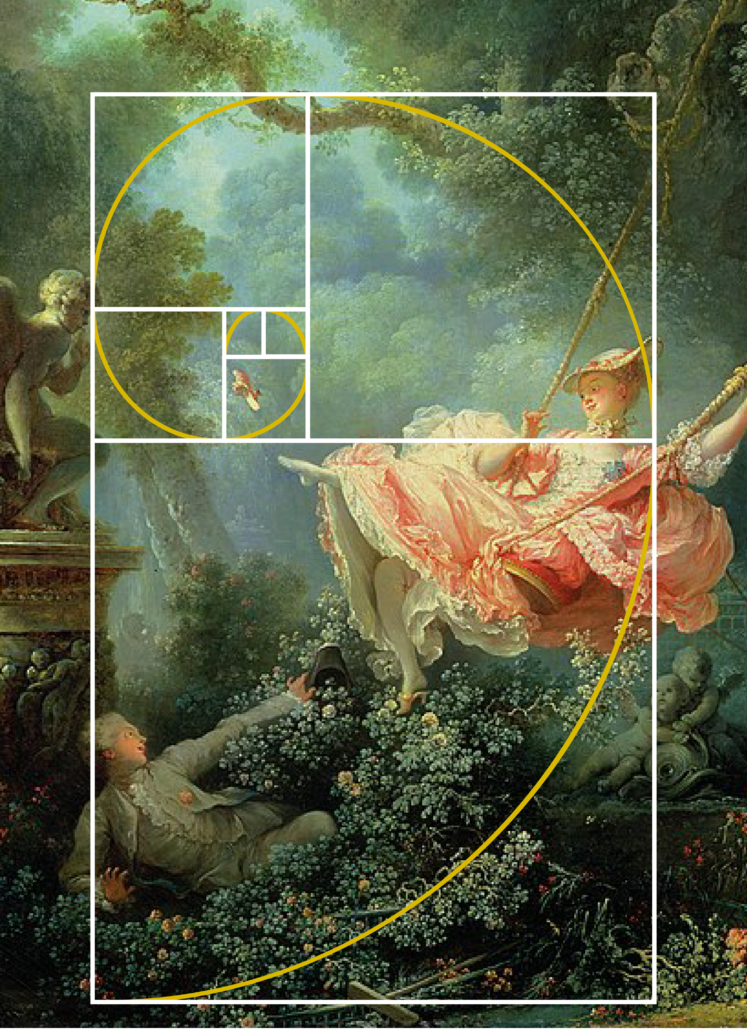
Fragonard, The Swing. 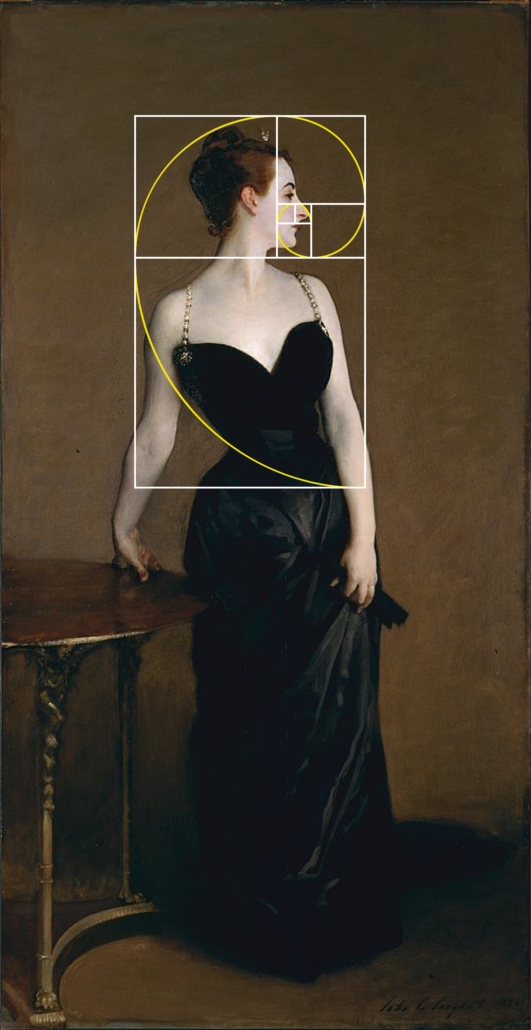
Sargent, Madame X. 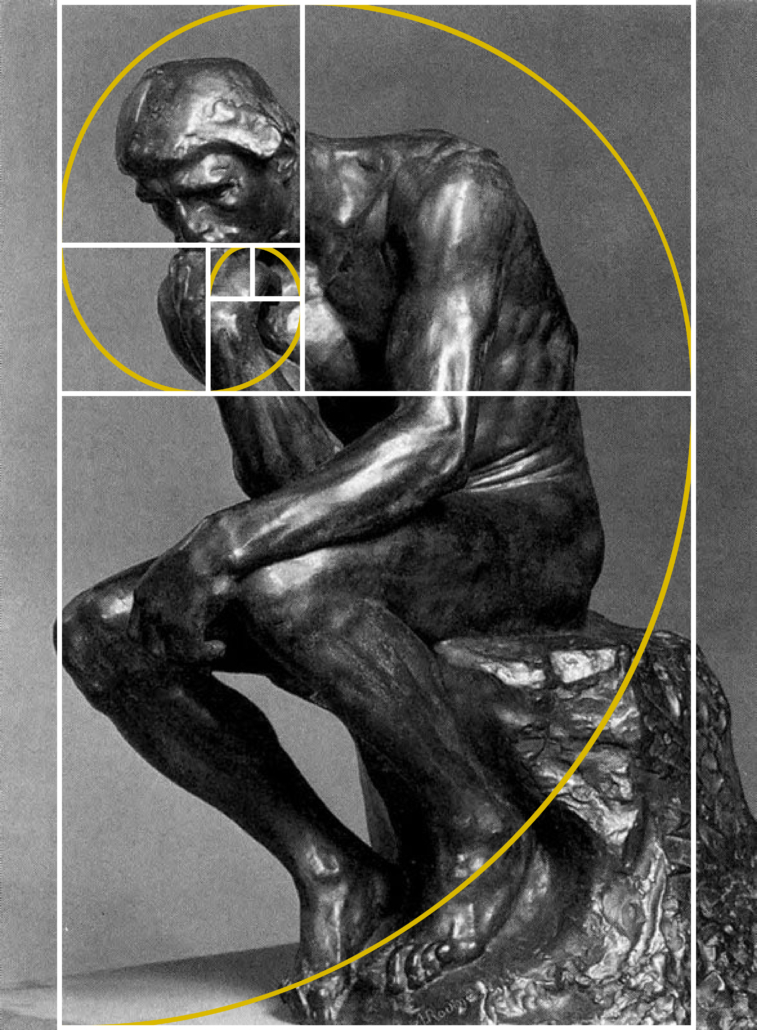
Rodin, The Thinker.
The Golden Ratio is a principle that offers structure and balance to many disciplines, most notably fine art. Our Blackwing Volume 55 celebrates this foundational ratio, using it as a daily reminder to slow down and savor the beauty around us.
Learn more about the Blackwing Volume 55, our tribute to the Golden Ratio.
For more reading on the Golden Ratio:
“3 Steps for Using the Golden Ratio to Create Masterful Paintings.” Virtual Art Academy, 28 Sept. 2021, https://www.virtualartacademy.com/golden-ratio-in-art/.
Bahadur, Published by Tulika, et al. “De Divina Proportione.” On Art and Aesthetics, 3 Oct. 2020, https://onartandaesthetics.com/2016/03/02/de-divina-proportione/.
Riabovitchev, Andrei et al. Art Fundamentals. 2nd ed. 3d Total, 2020.

